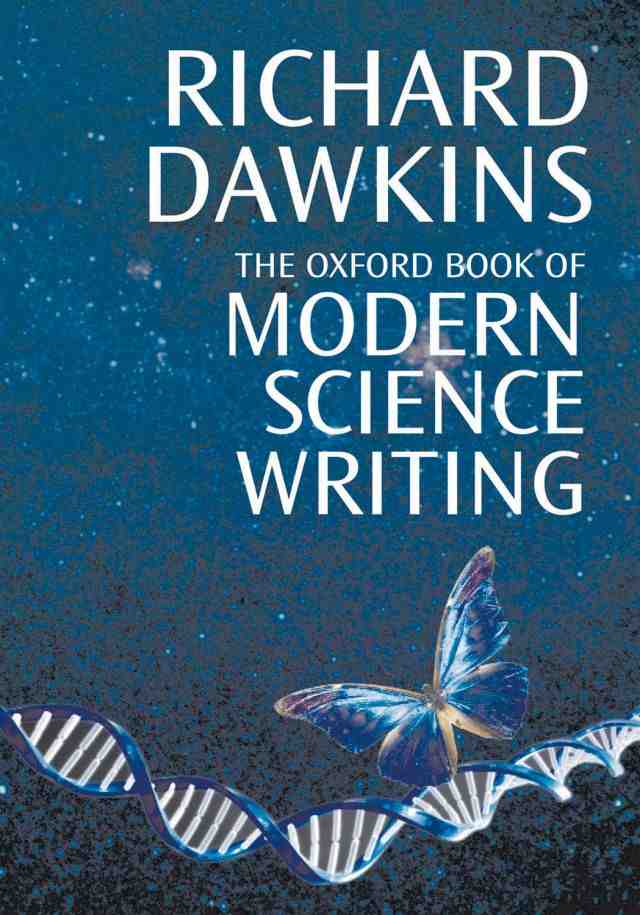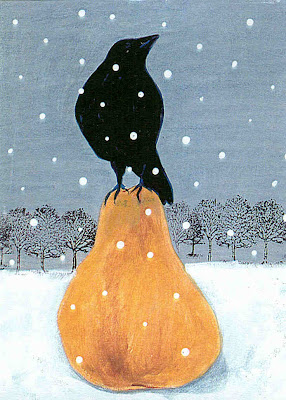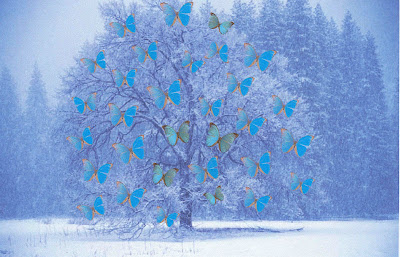This Day in World History
April 1, 1948
Scientists Propose Big Bang Theory
Poet T.S. Eliot might still be right — the world might end with a whimper. But on April 1, 1948, physicists George Gamow and Ralph Alpher first proposed the now prevailing idea of how the universe began — with a big bang.
Gamow worked closely in the 1930s and 1940s with Edward Teller to understand beta decay — a kind of nuclear decay that results in the loss of electrons — and to understand the makeup of red giant stars.
From this work, Gamow and Alpher — one of his students — developed the idea that the universe was highly compressed until a vast thermonuclear explosion occurred. The explosion released neutrons, protons, and electrons. As the universe cooled, it became possible for neutrons to combine with other neutrons or with protons to form chemical elements.

Time Line of the Universe. Source: NASA/WMAP Science Team.
Gamow and Alpher published their findings in the journal Physical Review on April 1, 1948. The title of the paper — “The Origin of Chemical Elements” — suggests the link between cosmology and particle physics that the big-bang theory represents.
The paper’s authorship showed a bit of Gamow’s whimsy. Thinking it wrong to have a paper on particle physics written by one author whose name began with A (as in positively charged alpha particles) and G (as in gamma rays) without having a B (as in negatively charged beta particles), Gamow asked friend Hans Bethe to add his name to the byline. Bethe agreed, and thereby became part of history.
Just five years later, Gamow made a brilliant addition to a wholly different field. After learning of James Watson and Francis Crick’s discovery of the double helical structure of DNA, Gamow wrote Crick suggesting that the genetic code was made up of three-part segments. Gamow’s suggestion set Watson, Crick, and other researchers to investigate the possibility, which turned out — in essence (though not in the details Gamow had suggested) — to be true.
“This Day in World History” is brought to you by USA Higher Education.
You can subscribe to these posts via RSS or receive them by email.

By Cassie Ammerman- Publicity Assistant
Richard Dawkins is the bestselling author of The Selfish Gene and The God Delusion. He’s also a pre-eminent scientist, the first holder of the Charles Simonyi Chair of the Public Understanding of Science at Oxford, and is a fellow of New College, Oxford. Called “Darwin’s Rottweiler” by the media, he is one of the most famous advocates of Darwinian evolution. His most recent book is The Oxford Guide to Modern Science Writing, a collection of the best science writing in the last century.
pre-eminent scientist, the first holder of the Charles Simonyi Chair of the Public Understanding of Science at Oxford, and is a fellow of New College, Oxford. Called “Darwin’s Rottweiler” by the media, he is one of the most famous advocates of Darwinian evolution. His most recent book is The Oxford Guide to Modern Science Writing, a collection of the best science writing in the last century.
This is the first in a series of podcasts we’ll be running from an interview with Richard Dawkins. In it, Dawkins talks about the different scientists he chose to include in The Oxford Book of Modern Science Writing. In this selection, Dawkins talks with Dorian Devins about James Watson and Francis Crick, the two men famous for discovering the structure of DNA.
Transcript after the jump.
DORIAN DEVINS: Francis Crick is one of the people in here, and I know you…
RICHARD DAWKINS: Yes, I met him a couple of times. I know Jim Watson rather better. Francis Crick died a couple of years ago. He was of course the other half of Watson and Crick, and they were both indispensable. It’s a wonderful illustration of how two people coming together seem to make something that’s greater than the sum of their parts. Francis Crick has written a number of books. He’s always very thoughtful, very stimulating. It’s impossible for him to say anything that isn’t interesting, and he was one of the great, possibly the greatest, intellects of the molecular biology revolution, which started with Watson and Crick in 1953, when they were both young men. But Crick went on to in a way dominate the field. I mean, in the elucidation of the genetic code, the fact that it’s a triplet code, for example, he played a leading role in that. So he became a kind of elder statesman of molecular genetics, and then rather later in his life, he switched completely to a totally new field, which was the study of consciousness. And he was never really a proper neurobiologist, but he sort of somehow managed to well, use his eminence in the field to open doors to talk to neurobiologists. And once again, he was a very, very thoughtful, stimulating figure in that field, as well as his own field of molecular genetics.
DEVINS: Whereas I guess Watson, more or less, stuck to genetics, although he did…
DAWKINS: Yes he did stick with genetics, and Watson was pretty much involved in initiating the human genome project. He didn’t stay in the human genome project, but he was largely responsible for getting it started in the first place.
DEVINS: And their writing styles are so different. It’s interesting.
DAWKINS: Yes, well, that’s right. Watson’s writing style is amazingly readable, but very odd. I mean, it’s…any teacher of English would blue-pencil it straight away. He had a most weird tendency to stick strings of adjectives before a—not so much adjectives, more phrases that count as adjectives—so he’ll say, if he wants to say he walked by, well quite close to here is Keble College (which is the Victorian building designed by Butterfield), Watson will say “I walked by the Butterfield-designed Keble College.” Sticking an adjective, making a phrase into an adjective, and then sticking it before the noun. And it’s an odd way of writing, but for some reason, it’s very readable, and I find that his books are page turners in a way that any teacher of English would sort of veto.
DEVINS: It’s funny how the personalities come out in the writing sometimes.
DAWKINS: Yes, that’s true. I think it’s part of the personality, and I think it’s because Watson writes in such an irresponsible way. He doesn’t mind who he offends, and so you’re always kind of turning the page, waiting for the next bit of scandal really.
DEVINS: As he is in life.
DAWKINS: Yes.
ShareThis

I had a series of dreams a while back where giant pears cropped up everywhere dotting the hills and plains. From a distance they looked like small, golden trees. There was always one raven in the dreams, as though he were the keeper of my dreamscapes and these golden pears were his gift.
Here on this desolate winter plain, Raven holds tight to the magic of this gift. Keeping watchful and looking skyward towards the falling snow, Raven is thankful for this moment.
acrylic, Prismacolor pencils, rubber stamp trees on bristol board.
For Illustration Friday promt: plain (from my archives)
Be sure to check out my entry for this word in my Moleskine!

To all of my friends who come to visit, I wish you all the magic this season brings!
Here's to a New Year that holds the promise of peace, health and abundance for one and all. I look forward to spending more time with you and sharing more art in 2008!
Until then, Merry Christmas...and remember, the magic is in the small things :)








I can see and feel the magic in this piece. So full it will take time to embrace. Thanks!
Merry Christmas Laurel, and may you have a blessed New Year!
Robert
http://robert-maclochlainn.blogspot.com/2007/12/merry-christmas-and-happy-new-year.html
Oh wow! The colors really caught my eye. Definitely looks magical! Hope your holidays are magical, too. I don't know if you realize this, but a year ago today you were the first person to comment on my blog. So today, I've awarded you the Best Blogger Buddy award. Thanks!
Merry Christmas to you too! May the new year bring blessings large and small and gifts to magical to be imagined.
I've always suspected that butterflies grow on trees. :)
definitely one of your best. has a cabinet of curiosities or Joseph Cornell feel.
Have a Happy new year. Ms. Lolo.
RegaRDS, Neil
This is very very beautiful!! Is this done digitally or with physical paints or what? Very magical!!
~ Diane Clancy
www.dianeclancy.com/blog
What could be more magical than a tree full of periwinkle butterflys? Yes, it is the little things that enlighten and add richness to our lives.
What a lovely piece of work. I feel truly honored to come across it this morning.
This is a beautiful piece! Hope you had a swell holiday season. I am looking forward to getting started on the ATC when things calm down around the Coles house.
This is beautiful. You have integrated the butterflies so beautifully ... It took me a while to realize the trees had butterflies. Very magical.
very beautiful. i love the pale blues and purples together...glistens.
Happy New Year!
The real magic: springtime in the winter!!!
:-)
Beautiful illo!